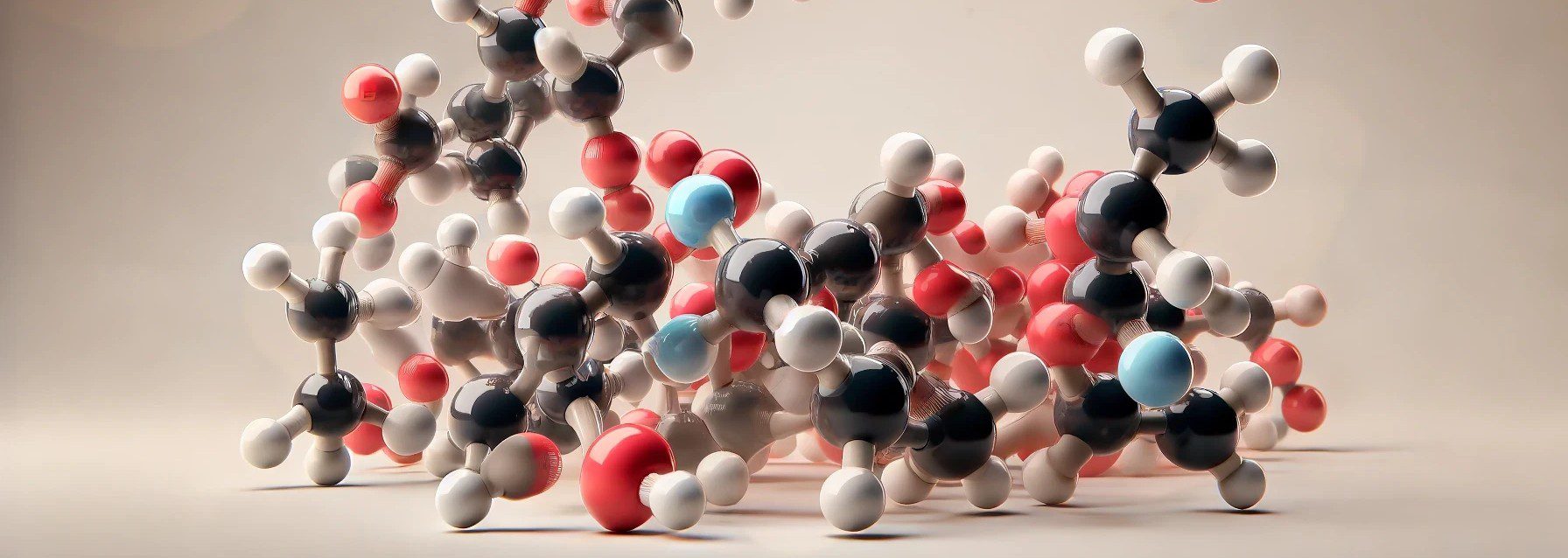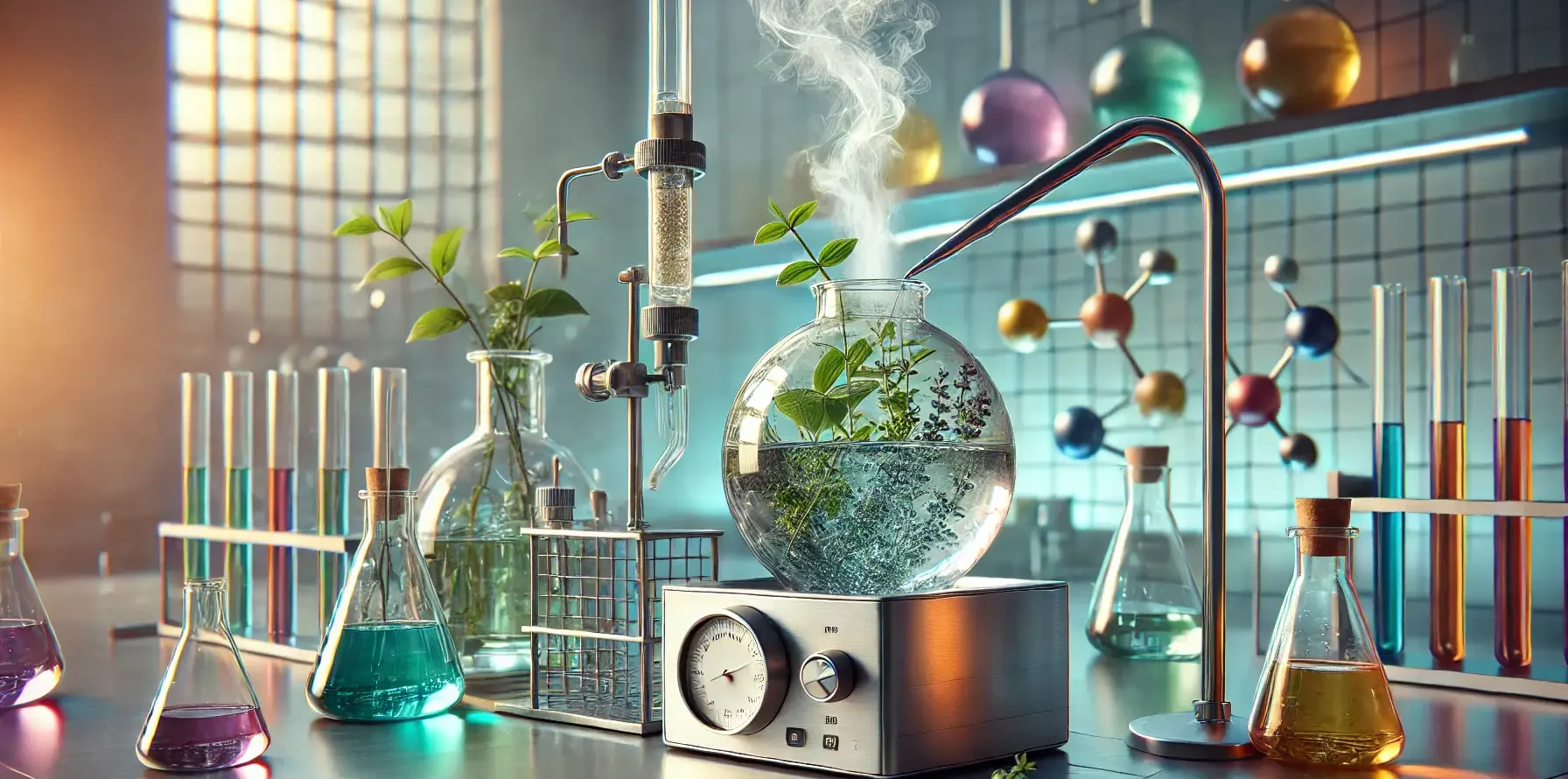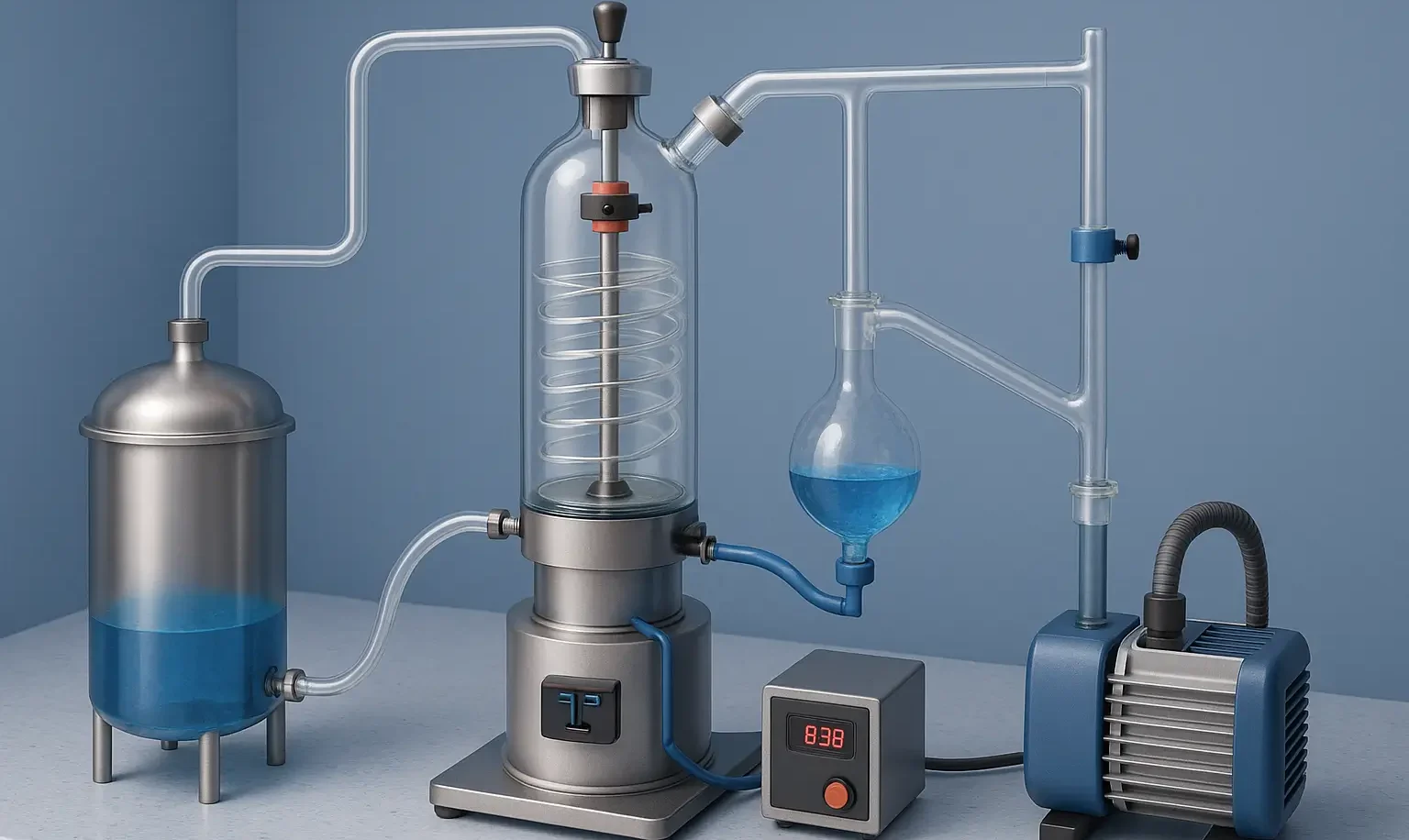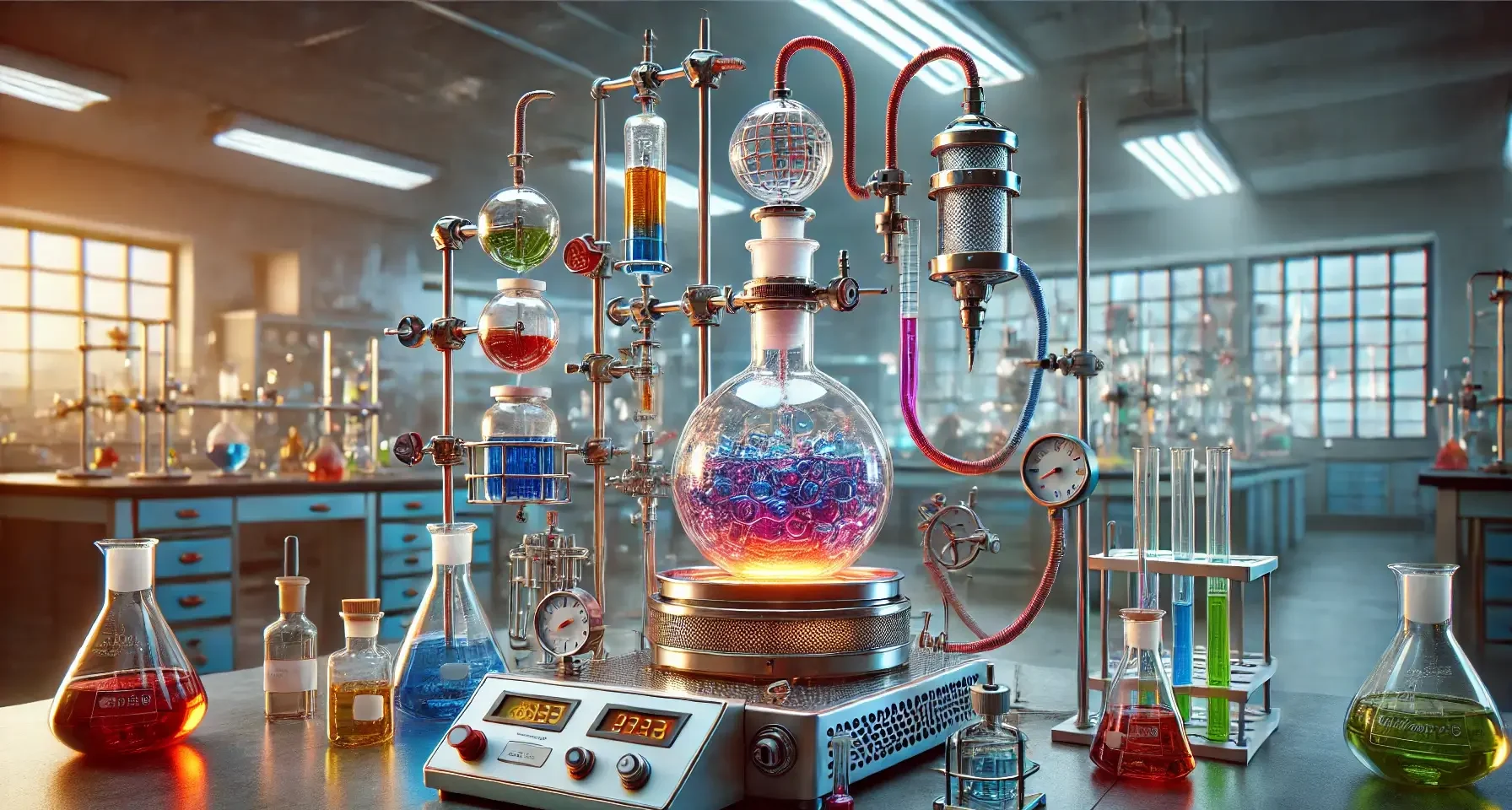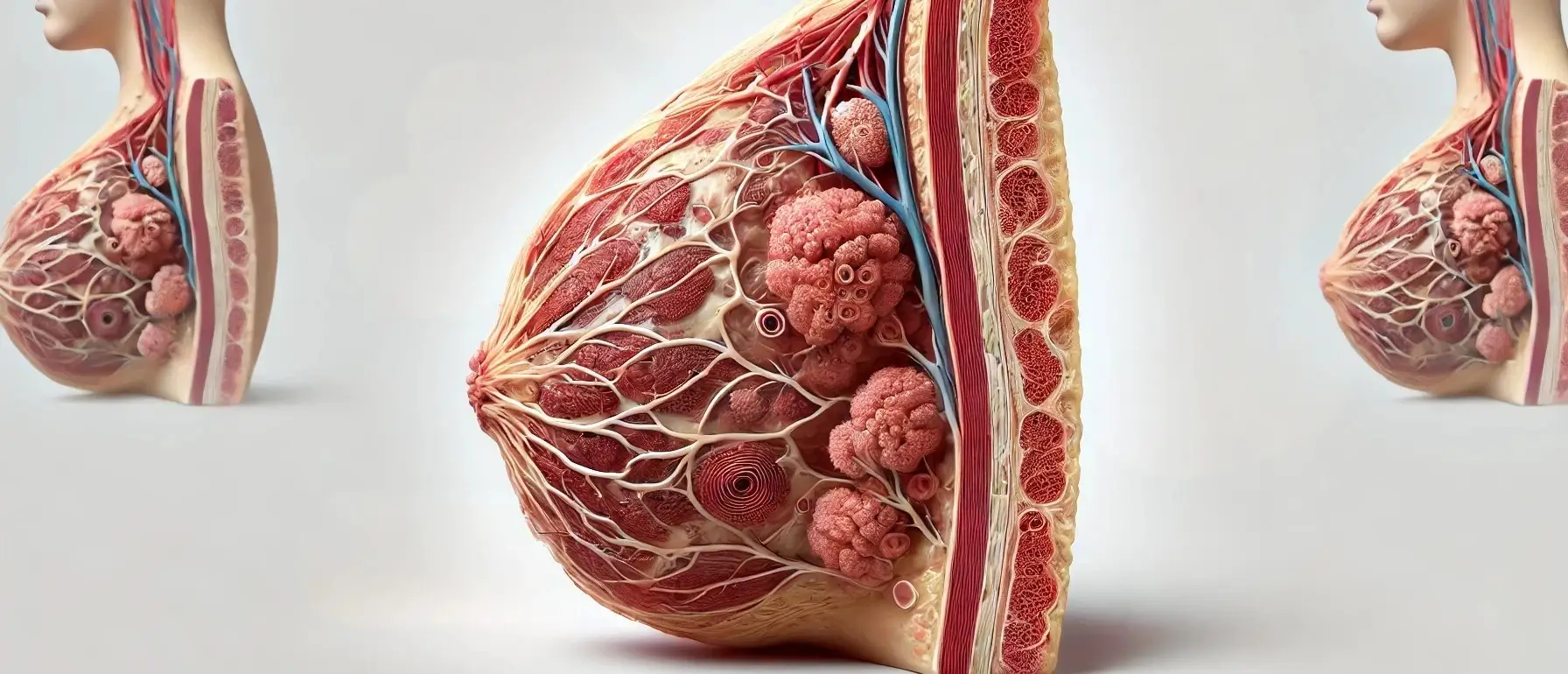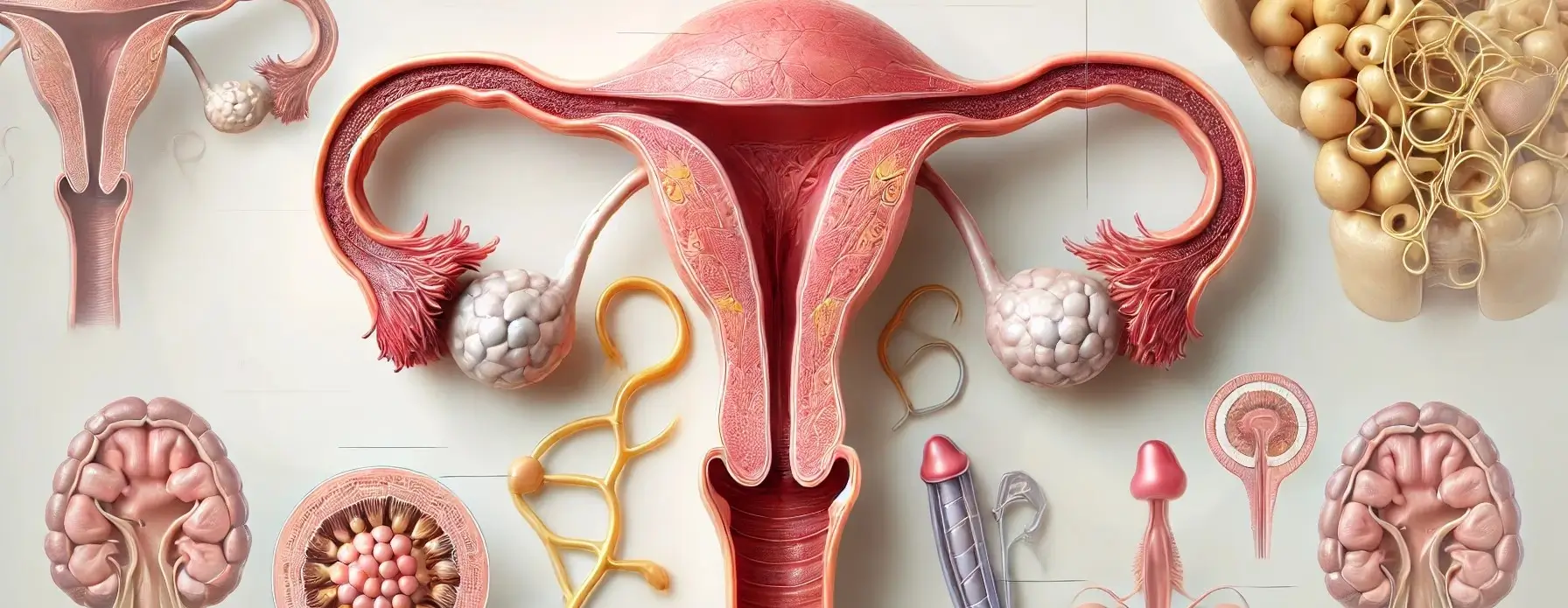Spermatogenesis
Spermatogenesis is a complex, highly organized process of sperm cell (spermatozoon) production in males. It occurs within the seminiferous tubules of the testes, the male reproductive organs responsible for sperm and testosterone production. This process is critical for sexual reproduction and involves several stages, each marked by specific cellular transformations under the influence of various … Read more

